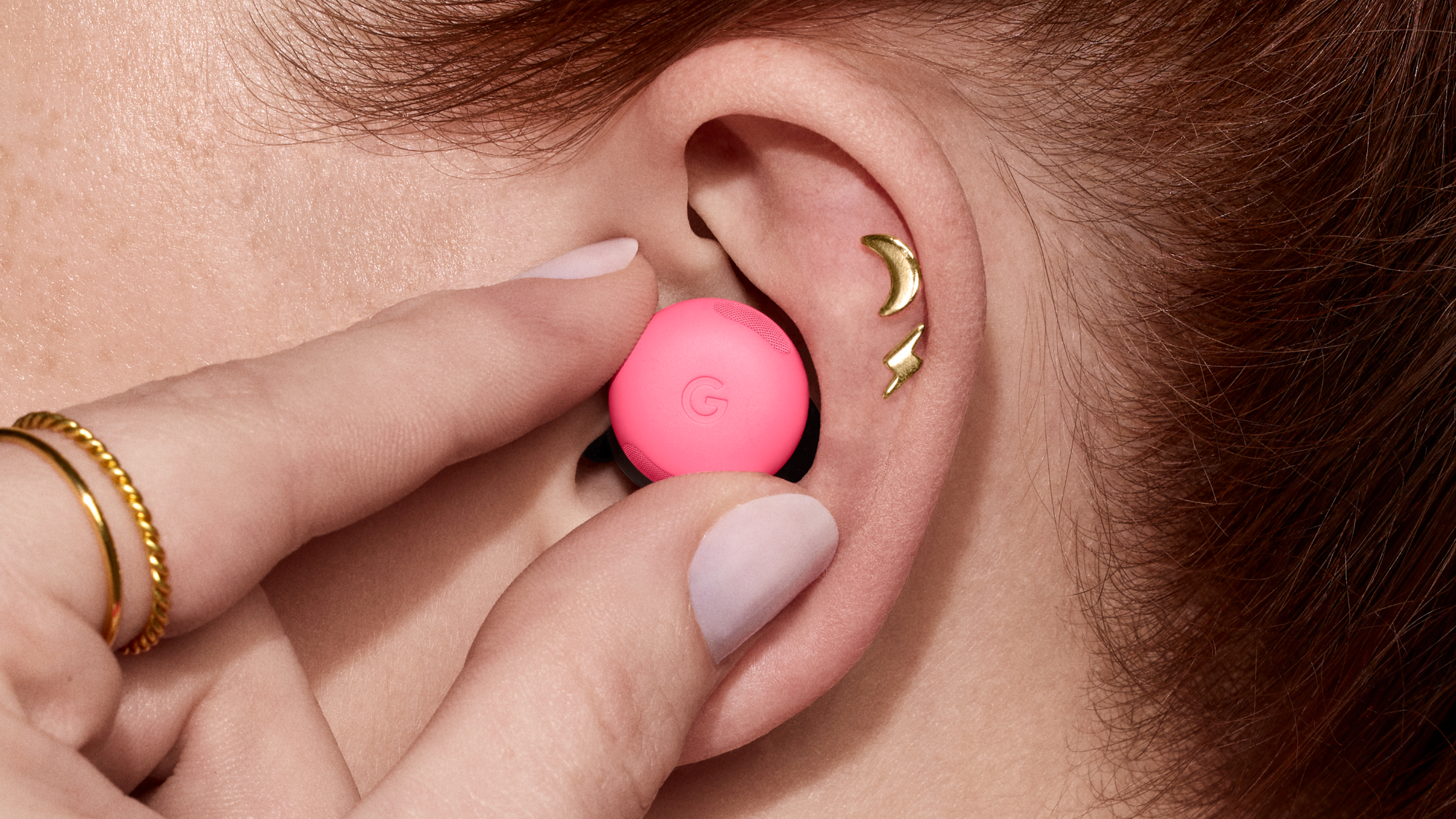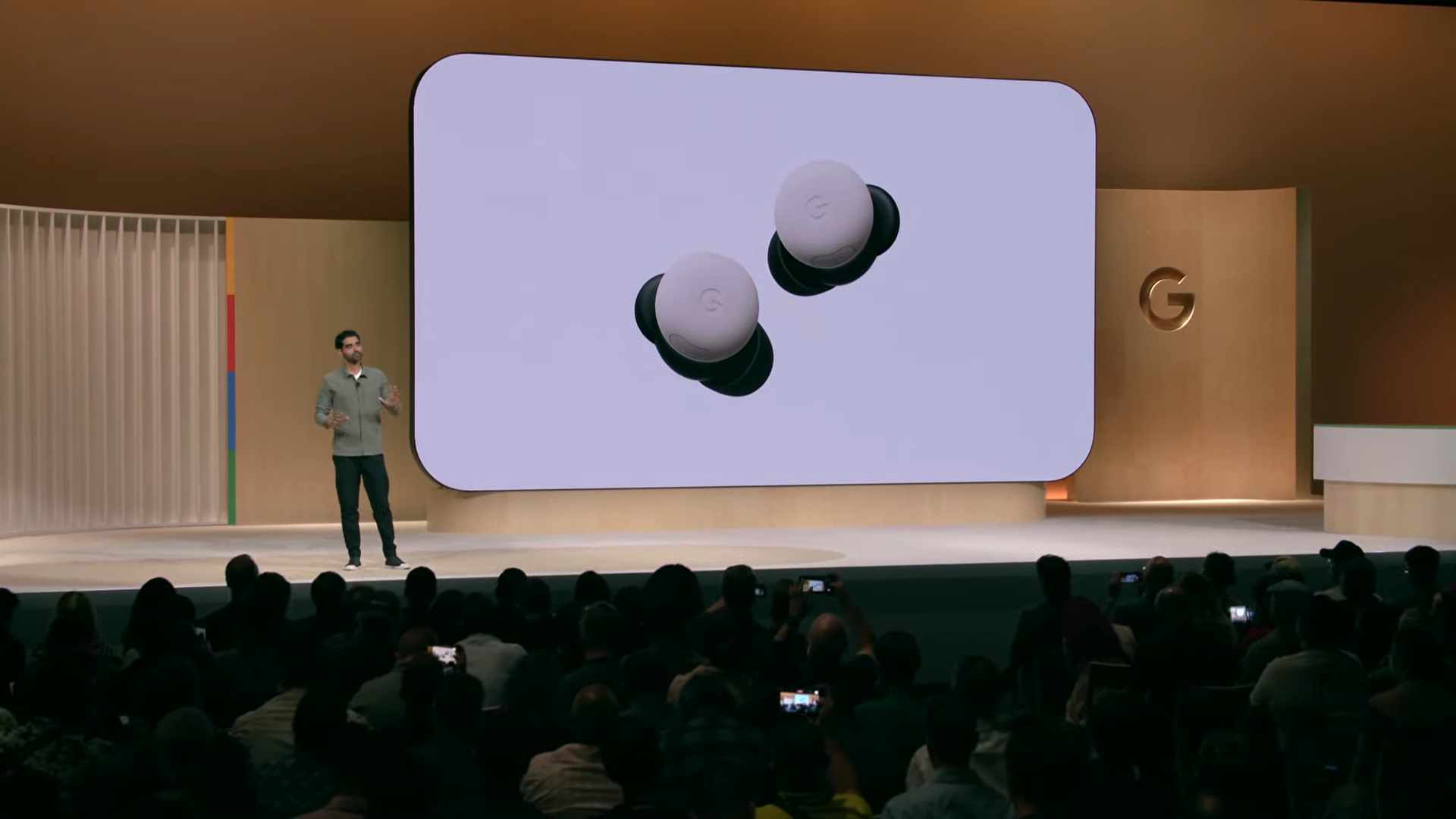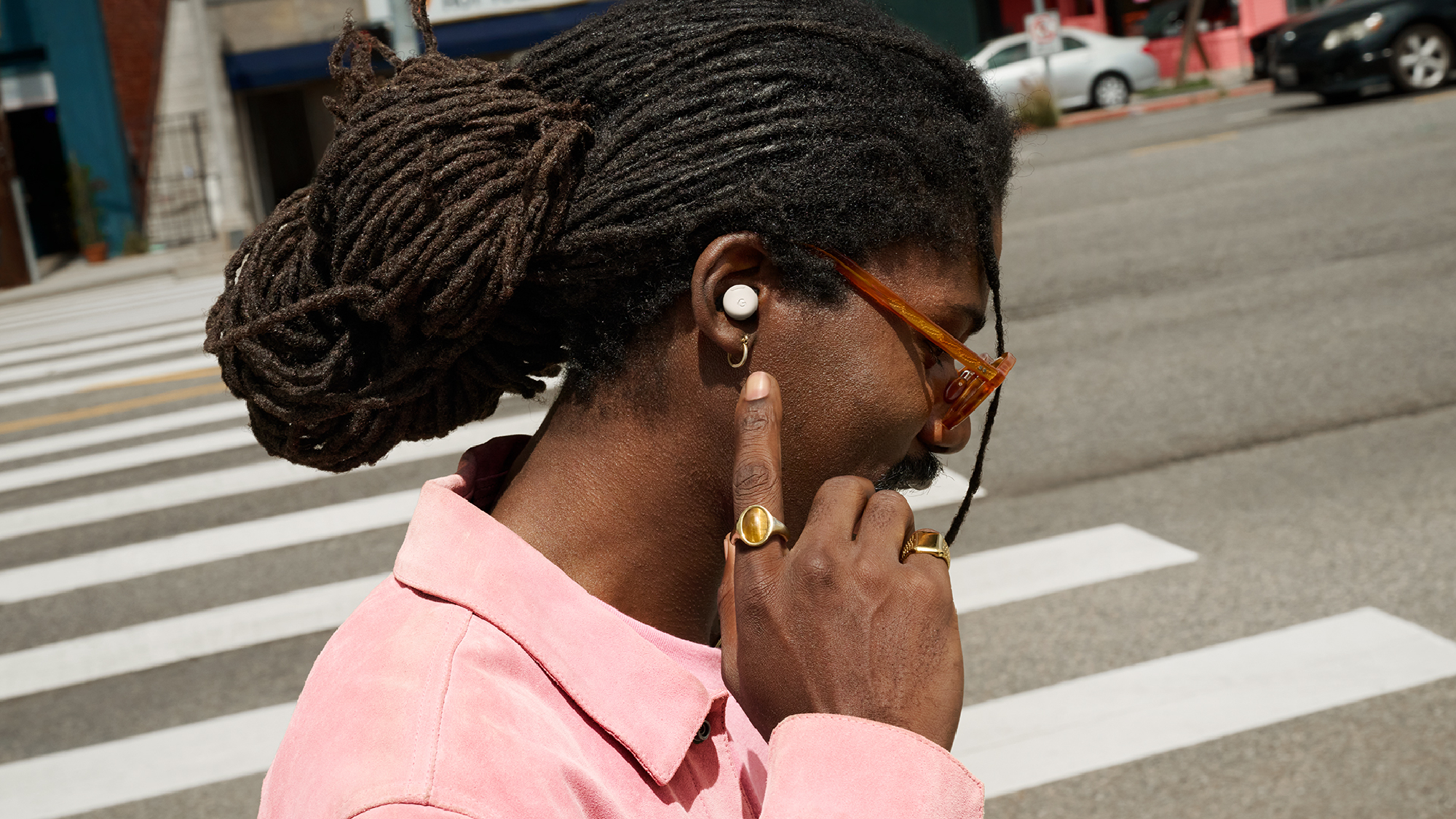
Despite looking all-but-identical to their predecessors, the new Google Pixel Buds Pro 2 pack some serious upgrades, like double the ANC and far improved battery life, all built out on a new processor in the Tensor A1.
Google announced the new earbuds at its Made By Google event, where new products from the Pixel Watch 3 to its newest lineup of Pixel phones were also revealed.
While Google's original Pixel Buds Pro just missed cracking our list of the best noise-canceling earbuds, the improvements to the second generation — 27% smaller and better ANC — could see them making the grade.
Here's what we know about the Google Pixel Buds Pro 2.
Google Pixel Buds Pro 2 cheat sheet: Key specs
- Release date: September 26, 2024
- Price: $229, a slight increase over the original
- Design: Similar look and feel but lighter and 27% smaller
- Features: More fitness options, better Bluetooth connectivity and AI features are expected. Greatly improved noise cancelation that's twice as powerful as last year's
- Battery: Up to eight hours of listening with ANC on
Google Buds Pro 2: Price and availability
The Pixel Buds Pro 2 will cost $229, an increase over the original Pixel Buds Pro, which launched at $199.
The Buds Pro 2 are currently available for pre-order at Google, and will go on sale Sept. 26. The buds will come in four colors: Porcelain, Hazel, Wintergreen, and Peony.
Google Buds Pro 2: Design

The biggest design aspect that we noticed about the Google Pixel Buds Pro 2 is that they're still stemless. While Samsung has flipped to an AirPods-like design, Google appears steadfast with its look and feel.
Another notable design change is that the earbuds are lighter and 27% smaller than their predecessor. That's a big drop in overall size that should make them feel lighter and more comfortable.
As expected, the earbuds Find My Device support if they happen to go missing.
the Google Pixel Buds 2 Pro will come in four main colors that include Porcelain, Hazel, Peony, and Wintergreen, dropping the Sky Blue tone. A new IP54 rating, bumped up from that mere IPX4-rated Google Pixel Buds Pro, is a welcome upgrade for those prone to dropping their buds.
Google Pixel Buds Pro 2: Audio and call quality
The Pixel Buds Pro 2 are built on 11mm drivers with multi-path processing. This is a neat feature built out thanks to the new Tensor AI chip, ensuring there's little to no ANC processing interference thanks to an additional signal pathway for music.
There won't, however, be any LDAC or AptX Adaptive support on the Pixel Buds Pro 2, but Bluetooth 5.4 connectivity in tandem with LE Audio support is a nice touch. Spatial audio head tracking as seen on its predecessor will also make its way onto the Pixel Buds Pro 2.
Google claims the Pixel Buds Pro 2 will have far superior call quality due to its updated Clear Calling algorithms, plus support for conversation detection means your audio will automatically pause when speaking with people around you.
Google Pixel Buds Pro 2: AI features
The main feature to note is the Google-made Tensor A1 processor, which lets the Pixel Buds 2 Pro deliver a slew of exciting upgrades, namely far improved battery life and improved ANC performance.
The Buds 2 Pro will thus have hands-free voice controls similar to that of the Samsung Buds 3 Pro and will also have a virtual AI assistant for everything from walking directions to full-on conversations via Gemini Live. Google calls it "like having a sidekick right in your pocket."
Google Pixel Buds Pro 2: Battery life
Google claims the Pixel Buds Pro 2 can hit as much as 8 hours of continuous listening with ANC enabled, while the case will provide up to 30 hours of extra power. That would rank them among the Sony WF-1000XM5, which have some of the longest endurance among the best noise-cancelling earbuds.
Google Pixel Buds Pro 2: Outlook

The Google Pixel Buds Pro 2's A1 processor's improvements to battery life and ANC address the biggest complaints about the previous version of the headphones. We're especially interested to see how well its AI performs in everyday conditions — and how useful it is in practice.
The real question is, will the changes be enough to compete with the best wireless earbuds? Time will tell, but we're optimistic about Google's next audio offering based on our first impressions.







